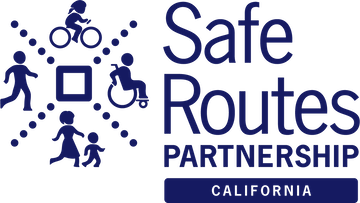
SCAG has announced a Call for Projects for its Sustainability Planning Grant program, and it includes funding from the region’s share of ATP Cycle 3 funds. As a result, eligible projects include active transportation plans, Safe Routes to School noninfrastructure programs and capacity building activities. There are separate applications for each type of project, unlike the statewide ATP competition, which will hopefully reduce the burden on applicants. The previous call for proposals in 2013 resulted in over 70 funded projects, ranging from Bicycle Master Plans to Urban Forestry Initiatives. The grants will range from $50,000 to $1 million.
Sample projects include bicycle, pedestrian and safe routes to school plans, open streets demonstration projects, climate action plans, adaptation studies and visioning projects that promote sustainable development. Proposals will be evaluated based on project need, goals, objectives, outcomes and community support. All SCAG‐member jurisdictions, including cities, counties and Councils of Governments (COGs) and federally recognized Native American tribes in the counties of Imperial, Los Angeles, Orange, Riverside, San Bernardino and Ventura are encouraged to apply.
The goals of the 2016 Sustainability Planning Grants Program are to:
- Provide needed planning resources to local jurisdictions for sustainability planning efforts
- Develop local plans that support the implementation of the 2016-2040 Regional Transportation Plan/Sustainable Communities Strategy (2016 RTP/SCS)
- Increase the region’s competitiveness for federal and state funds, including, but not limited to, the California Active Transportation Program and Greenhouse Gas Reduction Fund
The 2016 Sustainability Planning Grants Call for Proposals is comprised of 3 main project proposal categories that meet the goals of the overall program. Each category is detailed further in the category guidelines.
- Active Transportation – Examples includes bicycle, pedestrian and safe routes to school plans and programs
- Integrated Land Use – Examples include sustainable land use planning, transit oriented development and land use & transportation integration
- Green Region Initiatives – Examples include natural resource plans, climate action plans, green street plans, and greenhouse gas (GHG) reduction programs
Applications are due Friday, November 18, and a webinar will be held on Thursday, October 13. For more details, including links to the application, visit the SCAG Sustainability website. The FAQ page is helpful in understanding the purpose of the program and what types of projects are eligible. This press release also announced the Call for Projects.


